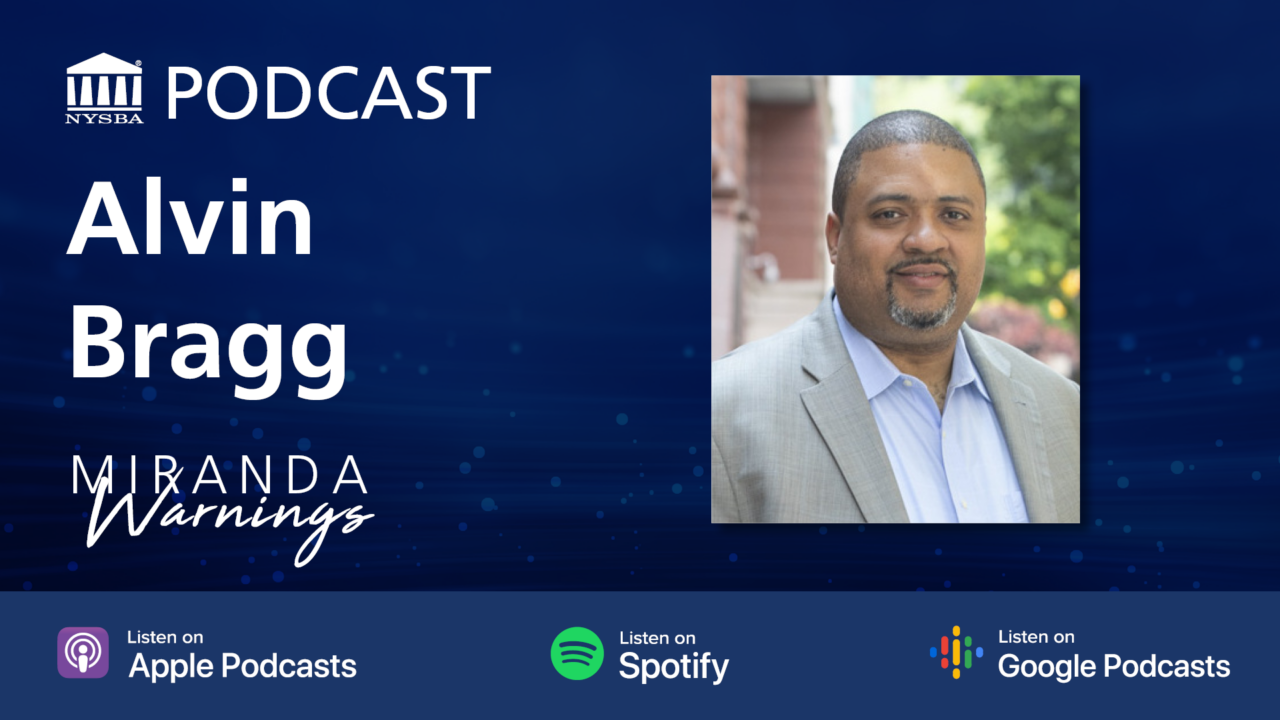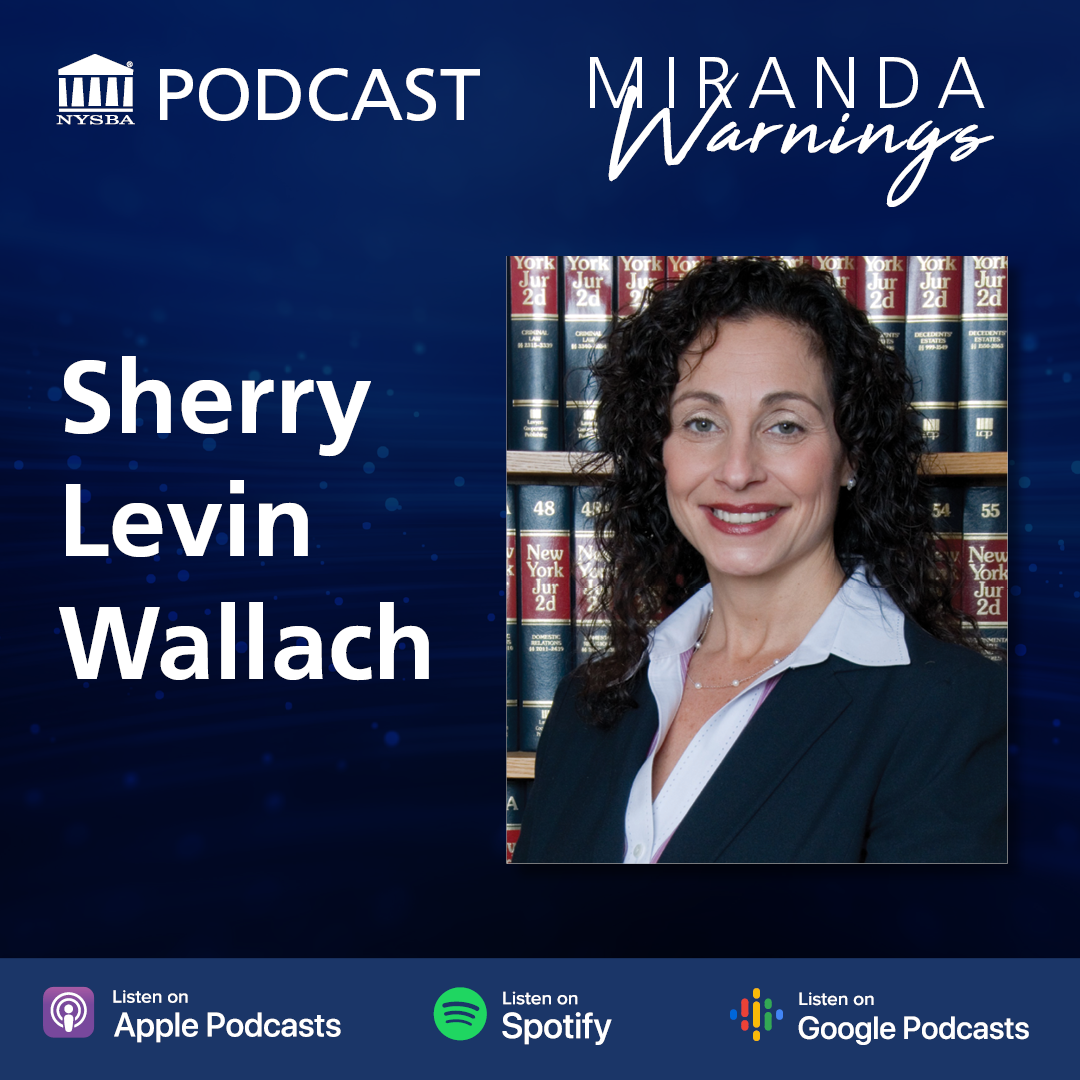Prosecutor Defends Decision To Charge Rittenhouse With Murder
12.8.2021
If Assistant District Attorney Thomas Binger had it to do all over again, he thinks he would confront Kyle Rittenhouse with the images of Gaige Grosskreutz “with his arm nearly blown off” and video of Joseph Rosenbaum “gasping out his least breath.”
Binger said he would hold the photos of Rosenbaum and Anthony Huber inches from Rittenhouse’s face and say, “You’re telling us that these people deserve to die, well here they are. Now look at them in the eye, unflinching, and own what you did. If you can’t, if you’re scared, you’re grossed out, you can’t confront that, I think that says something about your conscience, I think that says something about your beliefs here. And I think if you are not man enough to own up to what you did, then don’t you dare come in here and tell us that these people deserve to die, and you’re legally justified and doing all this.”
Binger, who prosecuted Rittenhouse on murder charges stemming from the two shooting deaths and the wounding of Grosskreutz at a Black Lives Matter protest in August of 2020, has kept a low profile and avoided interviews since a Kenosha, Wisconsin, jury found Rittenhouse not guilty Nov. 19. That changed this week when he sat down for a wide-ranging discussion with New York State Bar Association past president David Miranda on the Miranda Warnings podcast.
Miranda asked Binger about a major criticism of his handling of the case—that he should have charged Rittenhouse with second degree murder rather than trying to satisfy the higher threshold of proof for first degree murder. Binger stressed that he wanted to send a message that Rittenhouse’s actions were deeply damaging to society by pursuing the more severe charges.
“I think the very intentional homicide is obviously a stronger charge; it carries with it a mandatory life in prison, I think it’s the appropriate charge here, and I think it better crystallizes the real issue here, which is I’m not sure that I believe that defendant when he says that he had a genuine belief that he had to defend his life in that situation, I think that there’s credible evidence that suggests that he was out there essentially, looking for trouble you know, bringing a gun into a violent situation to escalate, having his own political agenda. So, I think that he was willing to kill that night going in and willing to accept that, so I think there’s some element of no matter what was going on around him this was potentially going to happen.”
Binger said Rittenhouse showed up to protect a business that he had never heard of before in a part of town that is home to multiple churches, a daycare, and a school. “And he’s going to protect the used car lot? And no offense to used car lots; they serve a valuable purpose but really, if you if you’re concerned about the community that might have been like the sixth or seventh highest priority location in that area.”
Binger, who clashed repeatedly with Judge Bruce Schroeder during the trial, explained that he felt his case was weakened by pretrial decisions made by the judge. Schroeder ruled that Binger could not introduce Rittenhouse’s association with the white supremacist group The Proud Boys or a 29-second video in which Rittenhouse declares, “Bro I wish I had my (expletive) AR. l’d start shooting rounds at them,” while watching video of men exiting a CVS.
That video was a key part of one of the most dramatic moments in the trial, and Miranda delved into that subject on the podcast. During Binger’s questioning of Rittenhouse about whether he felt lethal force was acceptable in response to destruction of property, Binger brought up his comments captured on that video. Rittenhouse’s defense team objected. Schroeder was livid — and asked the jury to leave the courtroom, chastising Binger. The defense team raised the issue of a mistrial.
According to Binger, his question was spurred by prior experience in Schroeder’s courtroom. He said the judge previously allowed evidence if questioning opened the door to that evidence.
“He made it clear, the door was still slightly open, and when there was testimony from the defendant that I felt was opening the door and allowing … it, I felt that it was appropriate to go there.” Binger said he felt Schroeder’s “biggest issue” was that he didn’t raise the issue before asking the question.
“But of course, I’m in the middle of cross examination. I can’t just pause and say, ‘Judge I need a five-minute recess, so I can ask you whether or not I can go down this line of questioning.’ And I think it can’t be over emphasized that we’re talking about a cross examination in a double homicide case. I’m sorry but there’s a lot of leeway in that type of situation, this is a defendant who’s taking the stand and is testifying about two killings that he committed. I’m entitled to a little leeway,” said Binger.
Both Schroeder’s and Binger’s every move was scrutinized during the trial. Binger faced threats of violence and his privacy and safety were compromised when his home address was posted online. Schroeder’s peculiarities, such as answering his cell phone mid trial, giving impromptu history lessons, and falling into histrionics at the drop of a hat were criticized in the media.
“Off the bench, he is one of the nicest human beings, you could ever meet,” Binger says. “But when he puts the robe on, like some judges, he changes and I’ve been in his court, I’ve been yelled at before. So that was not unusual for being in that courtroom.”
Binger does take issue with Rittenhouse’s testimony—specifically Rittenhouse’s now infamous emotional breakdown on the stand where he appeared moved to tears by the supposed threat he faced from the men he eventually shot. “I think the tears were manufactured crocodile tears, and I think the jury saw right through them. And there was no remorse for anything. He was unapologetic, no concern about the lives that he took, none of that.”






